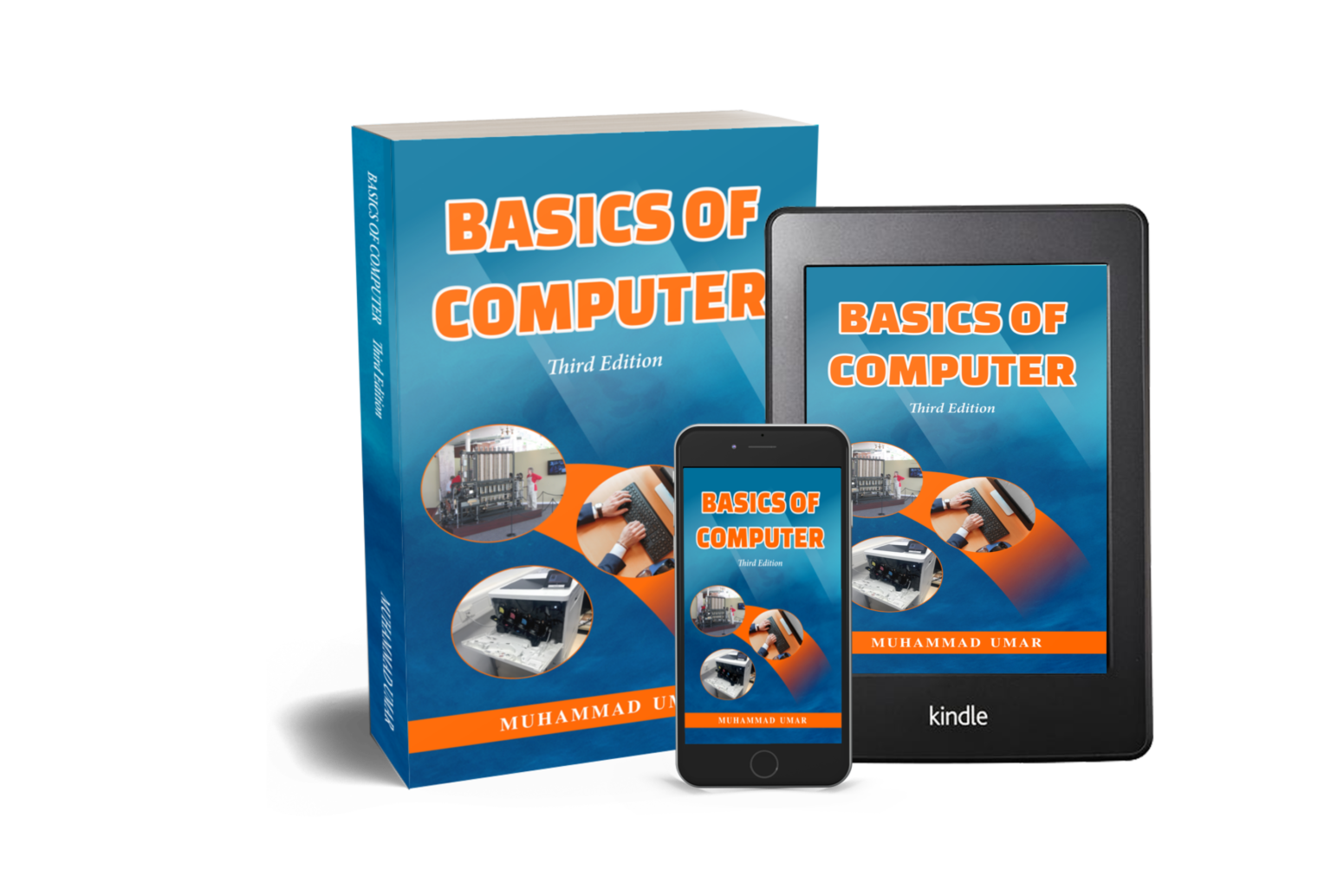Computer Networks Course Outline 2023
Today’s post will delve into the Computer Network Course Outline 2023 (DIT-Part 1), providing an overview of the course contents, outlines, syllabus, and reference materials. This course, encompassing approximately 90 topics, focuses on computer networks and covers fundamental aspects such as Basic Terminologies, Topology, Networking Devices, Transmission Media, Network Data Transfer (Network Models), IP Addresses, and Protocols.
The study scheme for the Computer Network course was meticulously developed by the Khyber Pakhtunkhwa Board of Technical and Commerce Education in 2023. Its primary objective is to cultivate a comprehensive understanding of computer networks, ensuring students acquire a robust knowledge base in this domain.
Basic Terminologies
1.1. Components of a Communication Model
1.1.1. Definition
1.1.2. Host / Sender
1.1.3. Media
1.1.4. Message
1.1.5. Protocol
1.1.6. Destination / Receiver
1.2. Computer Networks
1.2.1. Basic Definition & Types
1.2.2. Geographical Area Wise (Physical) (LAN, MAN, WAN, Internet)
1.3. Virtual (Logical)
1.3.1. VLANS
1.3.2. VPNS
1.4. Function / Working
Topology
2.1. Definition
2.2. Types of Topologies
2.2.1. Wired (BUS, Star, Ring, Hybrid, Mesh)
2.2.2. Wireless (Wi-Fi, Satellite, Radio Wave)
Networking Devices
3.1. Node
3.2. NIC
3.3. Modem
3.4. Hub
3.5. Switch
3.6. Wireless Devices
3.6.1. Access Point
3.6.2. Wireless Modem
3.6.3. Wireless USB Antenna
3.7. WAN / Internet
3.7.1. Router
3.7.2. Switch
Transmission Media
4.1. Wired media (Guided Media)
4.1.1. Coaxial cable (10 Base2 10 Base 5 10Base T, 100Base X)
4.1.2. BNC Connector
4.1.3. Twisted pair cable
4.1.4. Unshielded twisted- pair
i. Cat 2, Cat 3 (Voice Communication)
ii. Cat 4, Cat 5, Cat 6 (Data Transmission)
iii. RJ-45 Connector
4.1.5. Shielded twisted- pair
4.1.6. Fiber optic cable
i. Single Mode
ii. Multi-Mode
4.2. Wireless media
4.2.1. Why we use Wireless Media
4.2.2. Technologies
i. Satellite
ii. Wi-Fi
iii. Bluetooth
iv. Microwave
v. Radio Wave
4.3. Wireless communication with LANs
4.3.1. Introduction
4.3.2. Wireless Switches / Hub
4.3.3. Wireless NIC
How Network Transfer Data (Network Models)?
5.1. OSI Model
5.1.1. Application Layer
5.1.2. Presentation Layer
5.1.3. Session Layer
5.1.4. Transport Layer
5.1.5. Network Layer
5.1.6. Data Link Layer
5.1.7. Physical Layer
5.2. TCP/IP Model
5.2.1. Application Layer
5.2.2. Transport Layer
5.2.3. Network Layer
5.2.4. Physical or Link-Layer
IP Addresses
6.1. What is IP address?
6.1.1. Why we use IP Address
6.2. IPV4
6.2.1. Class A, Class B, Class C, Class D, and Class E, IP addresses 6.3. Introduction to IPv6
6.3.1. Why IP V6 introduced?
6.3.2. IP V6 address length (i.e. 128 bits)
Protocols
7.1. Definition
7.2. Types
7.3. Routed protocols
7.3.1. Definition
7.4. Routing Protocols
7.4.1. Definition
7.5. Common Protocols
7.5.1. TCP / IIP
7.5.2. UDP
7.5.3. FTP
7.5.4. HTTPs
Reference Material / Books
• Networking Essential by Andrew Tanenbaum (Buy Paperback) (Download E-book)
• Packet Tracer by Cisco (https://www.packettracernetwork.com/tutorials/)
Related Posts
Basics of Computer By Muhammad Umar
Recent Posts
Ask a Question
Do you have any questions? Rest assured, we're here to provide answers. Join us in our forum where you can engage in fruitful discussions, ask your queries, and receive insightful responses from our esteemed authors and community members. We look forward to your active participation and valuable contributions as we collectively explore various topics. Let's come together and share your thoughts!

